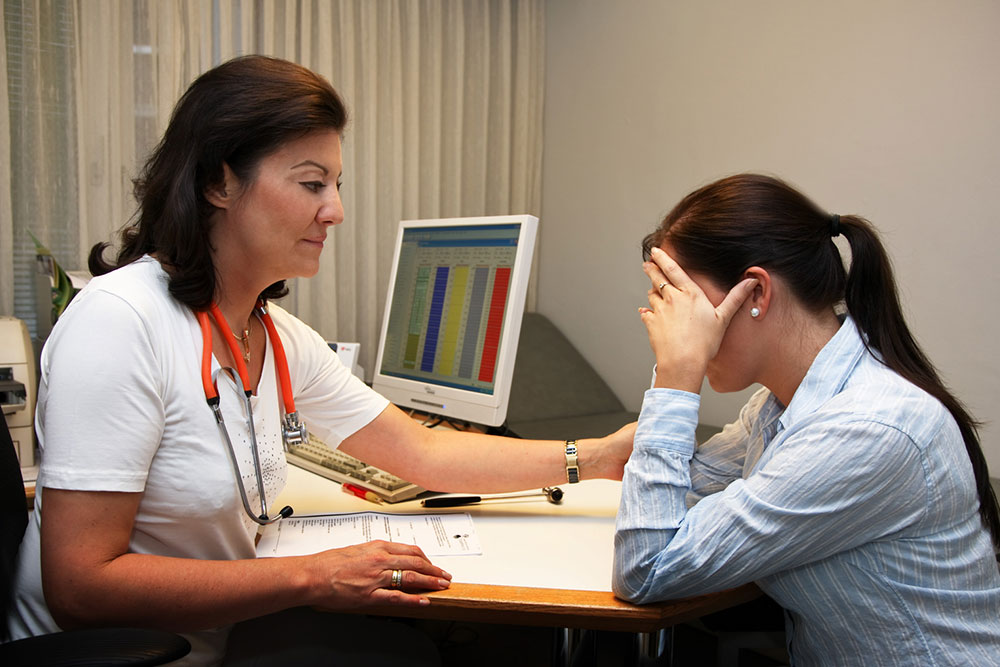Understanding Abscesses and Effective Treatment Options
This article explains what abscesses are, their causes, symptoms, diagnosis, and most effective treatment options including drainage and surgery, especially emphasizing the importance of early intervention. It highlights the significance of proper medical procedures for successful recovery and preventing complications.
Sponsored

Understanding Abscesses and How to Effectively Treat Them
What is an abscess and how to treat it effectively
Defining an abscess: An abscess is a localized pocket filled with pus that forms within body tissues. Depending on the location, it may be called a brain abscess, lung abscess, or other specific names. The affected area is usually swollen, inflamed, and tender. Initially, antibiotics may help reduce the infection, but in many cases, surgical drainage is necessary to remove the pus.
An abscess presents as a soft, squishy lump beneath the skin, usually painful and sometimes visible. It results from infections where pus, composed of bacteria, dead cells, and fluids, accumulates. Common locations include armpits, around the anus and vagina, the base of the spine, dental areas, and groin. Sometimes, inflamed hair follicles can cause boils, which are types of abscesses.
Unlike minor infections treatable with antibiotics alone, abscesses often require drainage. The process involves opening and removing the pus either through a natural opening or a surgical incision. This step is crucial for healing and to prevent further infection.
Causes of abscesses: Weak immune responses, infections from bacteria, viruses, or parasites, and blocked skin glands can lead to abscess formation. Skin abscesses appear red and swollen, while internal abscesses may not be obvious but can damage internal organs, such as the brain or lungs.
Who is at risk? Individuals with diabetes or compromised immune systems are more susceptible. Recurring abscesses can signal immune deficiencies or other underlying health issues. Often, abscesses are symptoms of severe illness or immune failure.
Diagnosing an abscess: Skin abscesses are diagnosed through physical examination and ultrasound, identifying fluid-filled pockets. Deep abscesses require imaging techniques like ultrasound, CT, or MRI scans, which highlight the inflamed area with ring enhancement due to blood vessel dilation around the infection.
Treatment strategies:
Incision and drainage: This method involves surgically opening the abscess to extract pus, as antibiotics alone are less effective without direct access. Post-drainage, large abscesses are often packed with gauze to aid healing and prevent re-infection.
Surgical procedures: For deep or complex abscesses, advanced drainage techniques like needle aspiration or surgery may be necessary, followed by antibiotics to eliminate residual bacteria.






